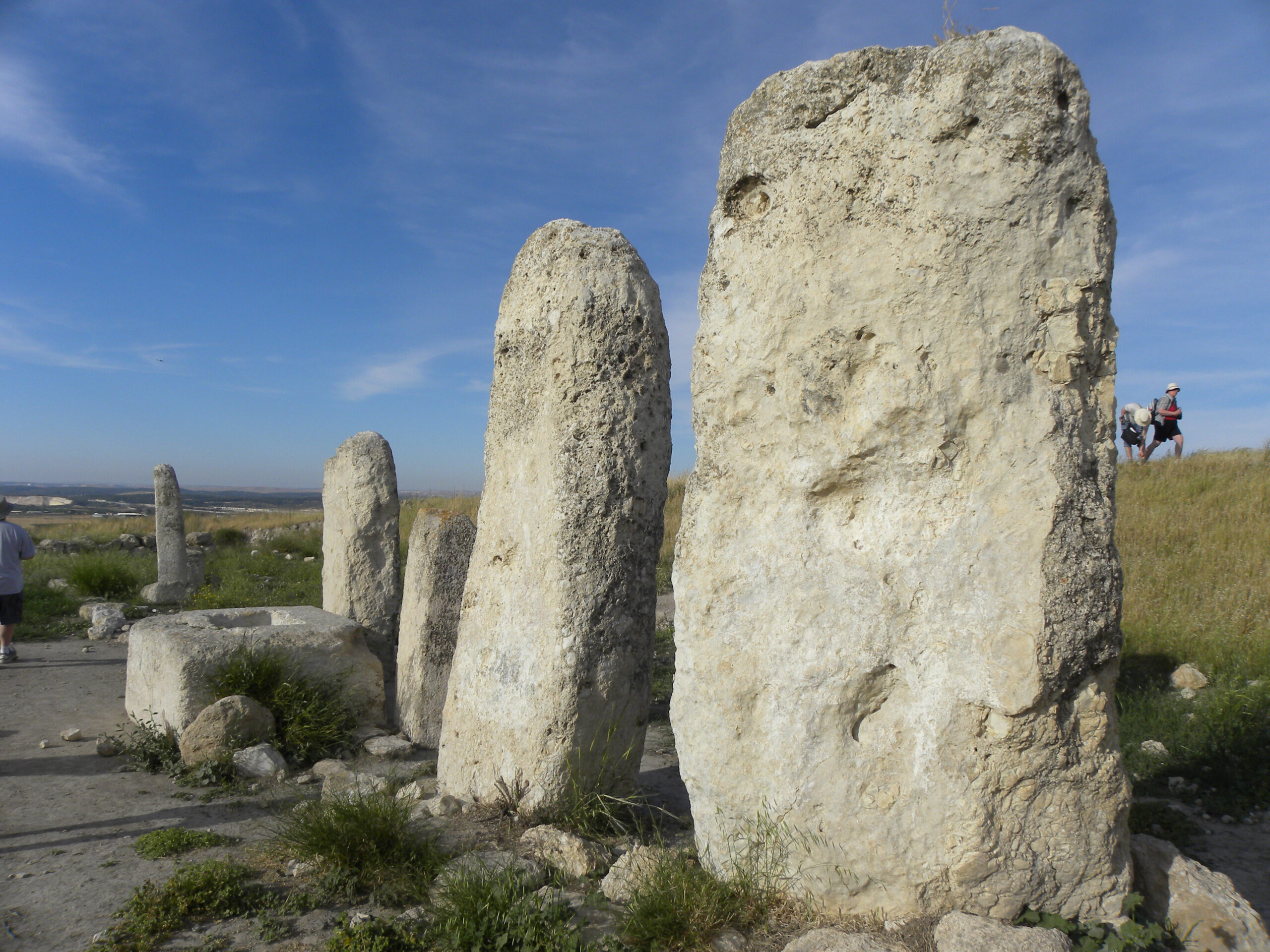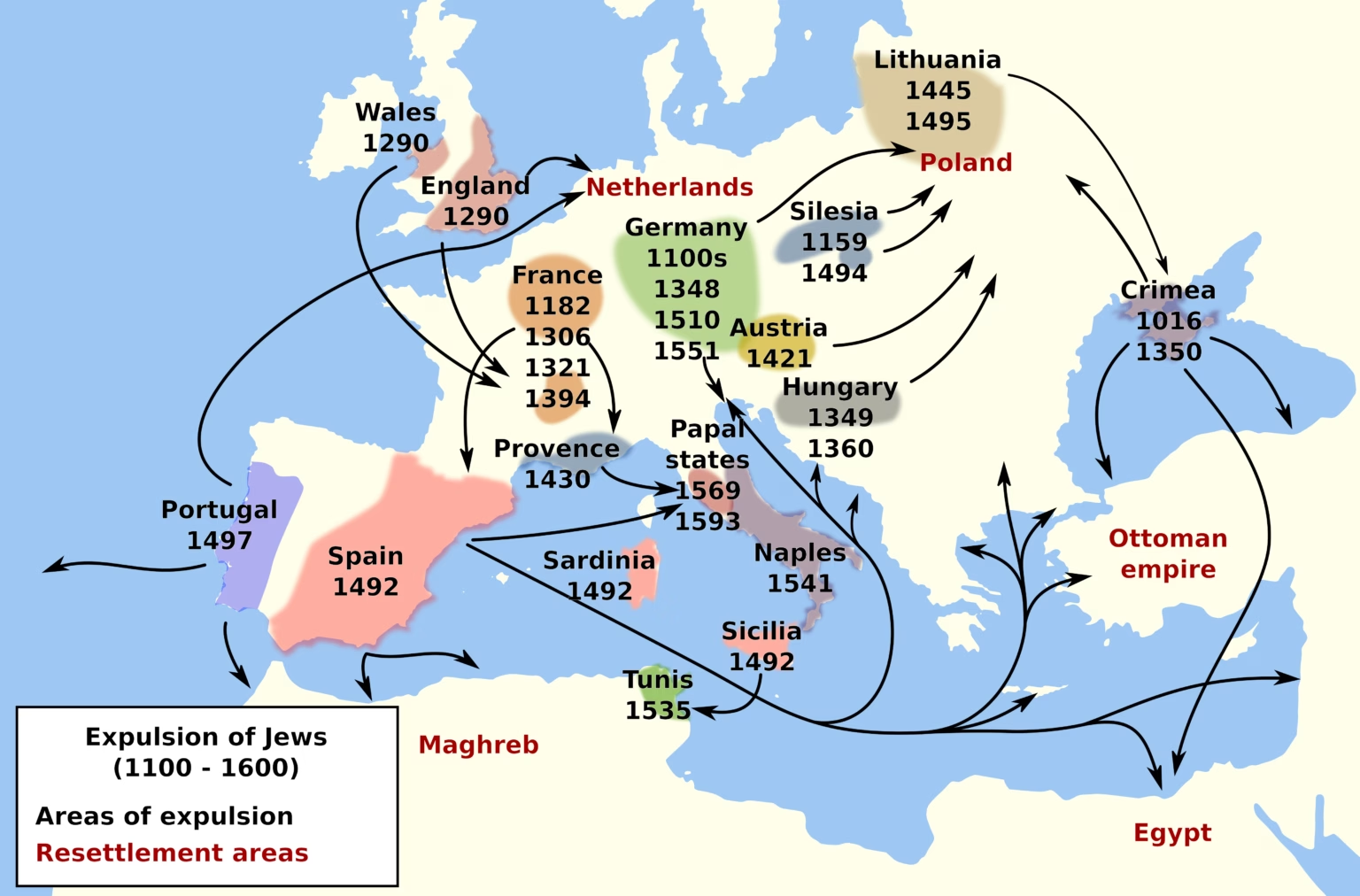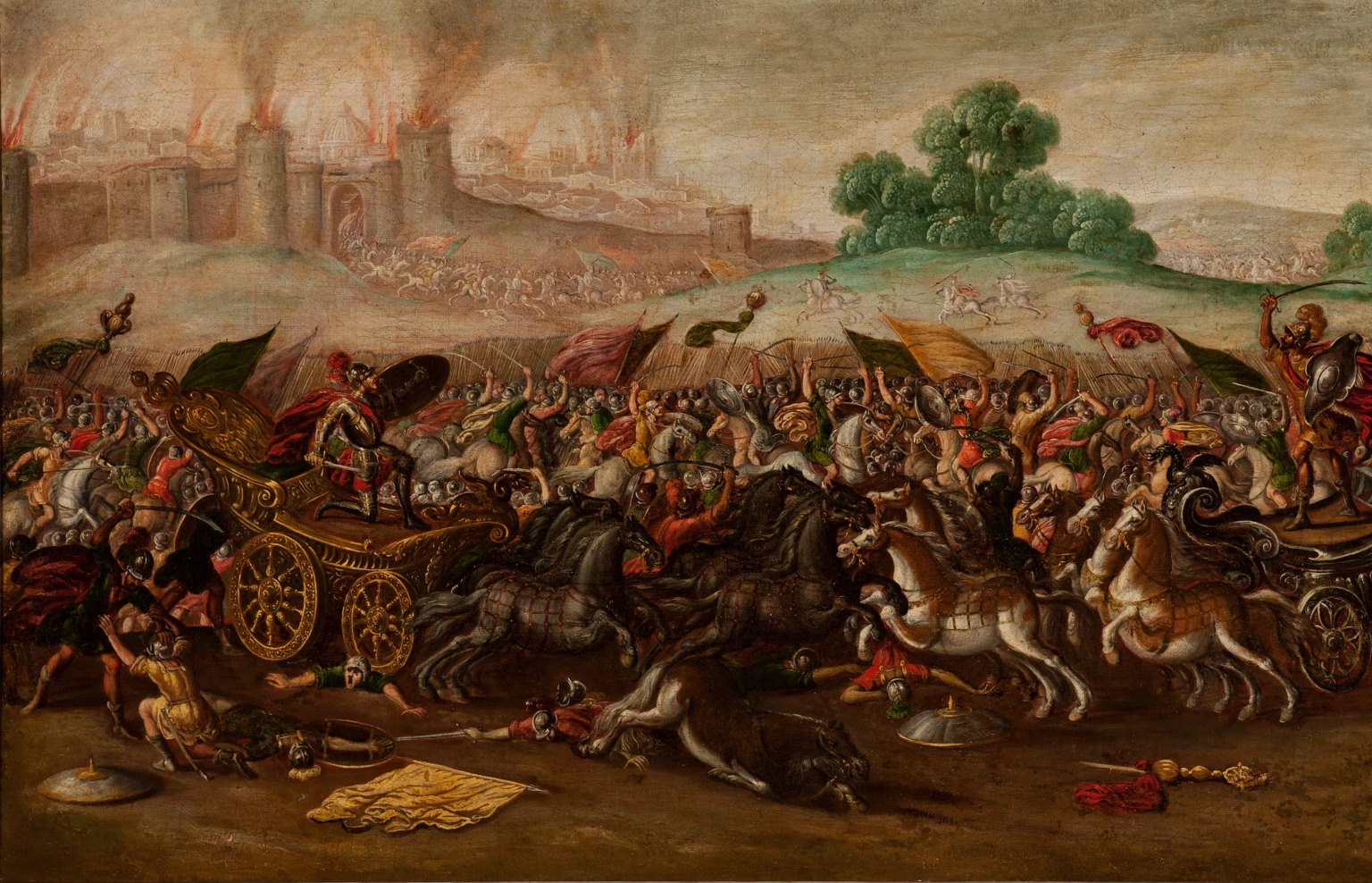Gezer confirms Biblical History
Tel Gezer is an Israeli national park about halfway between Jerusalem and Tel Aviv and associated with biblical figures such as Joshua and Solomon. Archaeological excavations in the area give historians a concrete example of how a place in Israel today is mentioned several times in the Bible

These standing stones have been unearthed in ancient Gezer. One theory is that they represent Canaanite gods which were worshiped before Solomon who, with the help of Pharaoh, took the city. Photo: Ian Scott
Gezer is mentioned as one of the areas allotted to the Israelites after the 40-years in the wilderness following the exodus from Egypt. The biblical account of the conquest of Canaan under the leadership of Joshua mentions a king in Gezer: “Then Horam, king of Gezer, went up to help Lachish. But Joshua struck him and his people and did not let any of them escape” (Joshua 10:33)
The people of Israel didn’t expel the Canaanites who lived in Gezer (Joshua 16:10), but “they became indentured servants under them”.
Although Joshua gave Gezer to the tribe of Ephraim, it wasn’t until the reign of King Solomon, hundreds of years later, that the Israelites succeeded in taking the city: “Pharaoh, king of Egypt, had gone up and taken Gezer and set fire to the city and killed the Canaanites who lived there. Then he had given it as a dowry to his daughter, who was Solomon’s wife. But Solomon built Gezer…” (1 King 9:16-17b).
Two academic papers published in the Jerusalem Journal of Archeology have presented clear evidence that Gezer was indeed built during Solomon’s time.
Pharaoh set fire to the city
In the area, there are still remnants of the destruction dating back to around 950 BC, at just the time the Egyptian pharaoh, according to the Bible, burned the city to the ground. Apart from a minor attempt at agriculture in the 19th century, Gezer has virtually been an abandoned city for at least two thousand years. Its ruins are scattered over large areas and are today in the Tel Gezer National Park, writes the Times of Israel.
Tel Gezer has a gate that dates back to a time when Solomon recruited workers to rebuild the city. A Canaanite city gate there was 16 meters wide and 15 meters high when it was built. Today, only five meters of height remain because the top ten meters have been eroded by the forces of nature.
The Times of Israel describes how most experts believe the nearby Canaanite water system was carved out of limestone as early as about 4,000 years ago. In June 2011, excavations were conducted by the New Orleans Baptist Theological Seminary in cooperation with the Israel National Park Authority and the Israel Antiquities Authority to uncover the water system at Gezer. The water tunnel had been discovered by archaeologist Robert Alexander Stewart Macalister in the late 19th century.
Most excavated sites
There are only a few “lost” biblical cities that have been identified through inscriptions discovered through archeological excavations. Gezer is the first among them thanks to the discovery of three such inscriptions in 1874 and a fourth in 1881, Palestine Exploration Quarterly wrote in June 2015. One of the inscriptions read “The Boundary of Gezer.”
In July 2017, archaeologists discovered the skeletal remains of a family of three. One of the adults and one child wore period-earrings that indicate they had been killed during an Egyptian invasion in the 13th century before the birth of Jesus.
“Ancient human remains discovered in biblical city 3,200 years after its destruction by Egyptians,” Newsweek wrote on July 7, 2017.
First Maccabees 13:43-48 describes how Simon Maccabee replaced the Gentiles living in Gezer with Jews during the Maccabean Revolt in 164 BCE: “At that time Simon went to attack Gezer and surrounded it with his troops… He then agreed to a settlement and ceased hostilities against them. However, Simon caused them to evacuate the city and cleansed the houses where there were idols… He cleared all uncleanness out of the city and gave it a population of men who obeyed the law. He also strengthened the fortifications and built a residence for himself there.”
Archaeological excavations at Gezer have been ongoing since the early 1900s, and the area has therefore become one of the most excavated sites in Israel.


